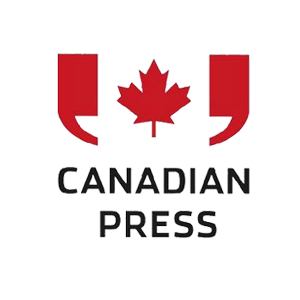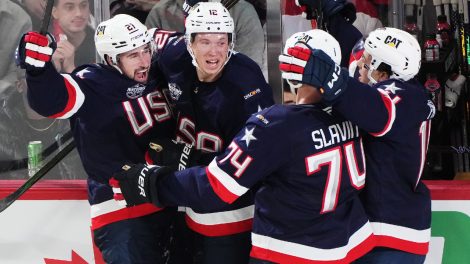NEW YORK — Repeat offenders for diving and their coaches will face harsher punishments as part of a series of rule changes the NHL announced.
Under rules in effect for the upcoming season, a player will receive a warning for his offence, be fined US$2,000 for his second, $3,000 for his third, $4,000 for his fourth and $5,000 each for his fifth, sixth, seventh and eighth embellishment penalties.
His coach will also get fined: $2,000 for the player’s fourth offence, $3,000 for his fifth, $4,000 for his sixth and $5,000 each for his seventh and eighth.
The goal is to cut down on what general managers agreed at their March meeting was a league-wide epidemic of embellishment, with certain teams being more guilty than others.
Other rule changes focus on overtime, shootouts, penalties, video review, faceoffs and the trapezoid behind the net.
In an effort to cut down on shootouts, there will be a dry scrape of the ice before overtime, something that was previously done before shootouts.
Teams will also change ends in overtime to play like the second period when it’s hard to make line changes from the defensive zone.
In shootouts, coaches no longer have to submit a list of their first three shooters. Players are also no longer able to do a "spin-o-rama" on penalty shots or in a shootout.
On video review, the "Situation Room" now has "broader discretion" when it comes to deciding on goals. The hockey operations department can give referees more "guidance" on plays that include a blown whistle or intent to blow.
Kicked-in goals will also have a more liberal definition as the league encourages more offence.
Another effort in that area is keeping faceoffs in the offensive zone if a shot breaks the glass, goes off the side of the net and out of bounds, goes off the boards or glass and out, is tipped or deflected out by a teammate or gets stuck on top of or on the outside of the net.
The trapezoid behind the net in which goaltenders can touch the puck will be expanded by two feet, something the NHL Players’ Association recommended to make it safer for defencemen.
Faceoffs after icing calls will be different, too, as the NHL attempts to curb teams intentionally delaying the game to get extra rest. The player in the circle will be given a warning for his first violation, but instead of being replaced, the second will mean a minor penalty.
As for penalties, two offences of clipping, charging, elbowing, interference, kneeing, head-butting or butt-ending with the stick will lead to a game misconduct. Tripping is also clarified to be a penalty if a player dives with his body, arm or shoulder to interfere with an opponent, even if he gets to the puck first.
Moving hash marks on faceoff circles from three feet to five feet, seven inches apart will be experimented with in the pre-season before being voted on by the league and Players’ Association.








